The Falcon and the Winter Soldier episode 5 recap: let down by a rushed ending
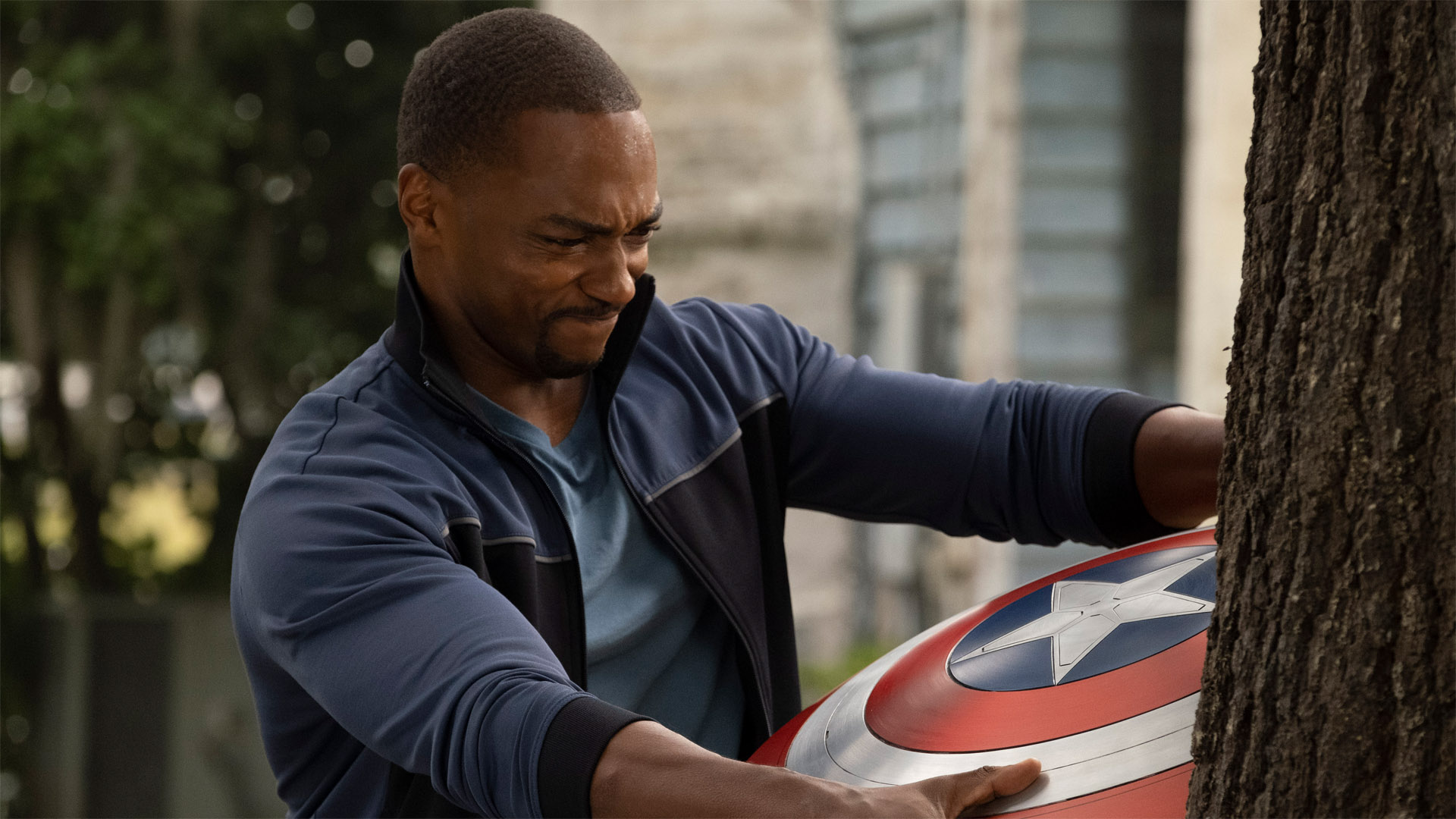
- Episode 5 (of 6), 'Truth'
- Written by Dalan Musson
- Directed by Kari Skogland
★★★
Spoilers for The Falcon and the Winter Soldier follow.
“The [Super-Solder] Serum amplifies everything that is inside. So, good becomes great. Bad becomes worse…”
These words are not taken from The Falcon and the Winter Soldier, but they could have been. When Dr Abraham Erskine, original creator of the infamous drug, gave Steve Rogers this pertinent warning in the original Captain America: The First Avengers, he was effectively summarizing the themes of a show that would debut a decade later.
Even more than in previous episodes, the core theme of ‘Truth’ is the way immense power can affect the decisions you make – or the decisions other people make on your behalf when you’ve been transformed into one of the most valuable weapons on the planet. In other words, once you’ve ingested Super-Soldier Serum, you’re constantly walking that fine line between heroism and villainy – and Steve Rogers may just have been the only person with the moral rectitude to stay the right side.
We saw last week what can happen when great power isn’t matched by great responsibility, as Captain America 2.0, John Walker, brutally murdered a Flag Smasher, instantly transforming Cap’s shield into a blood-soaked symbol of oppression. This follow-up wastes little time dealing with the aftermath, as Sam Wilson and Bucky Barnes attempt to apprehend Walker in an abandoned warehouse – for some reason, this show has a bizarre obsession with warehouses.
It’s a brilliantly dirty scrap, expertly choreographed to showcase three fighters who don’t know the meaning of holding back. Walker comes perilously close to showing that shield-in-forehead might become his signature move, while Sam and Bucky’s technical augmentations are pushed beyond their limits – Walker even unceremoniously tears the wings from Falcon’s back.
That it comes to Sam using his jet pack to forcibly remove Walker’s shield – snapping the Cap wannabe’s arm in the process – sums up a fight scene that manages to stand out even in a show that’s consistently raised the bar for blockbuster action on TV.
Sign up for breaking news, reviews, opinion, top tech deals, and more.
Like the series premiere, ‘Truth’ gets the action out of its system early, shifting gears to get inside the psyches of the human beings who inhabit superhero uniforms.
- Madame Hydra in Falcon and Winter Soldier explained
- How to watch the Marvel movies in order
- The Falcon and the Winter Soldier episode 5 mid-credits explained
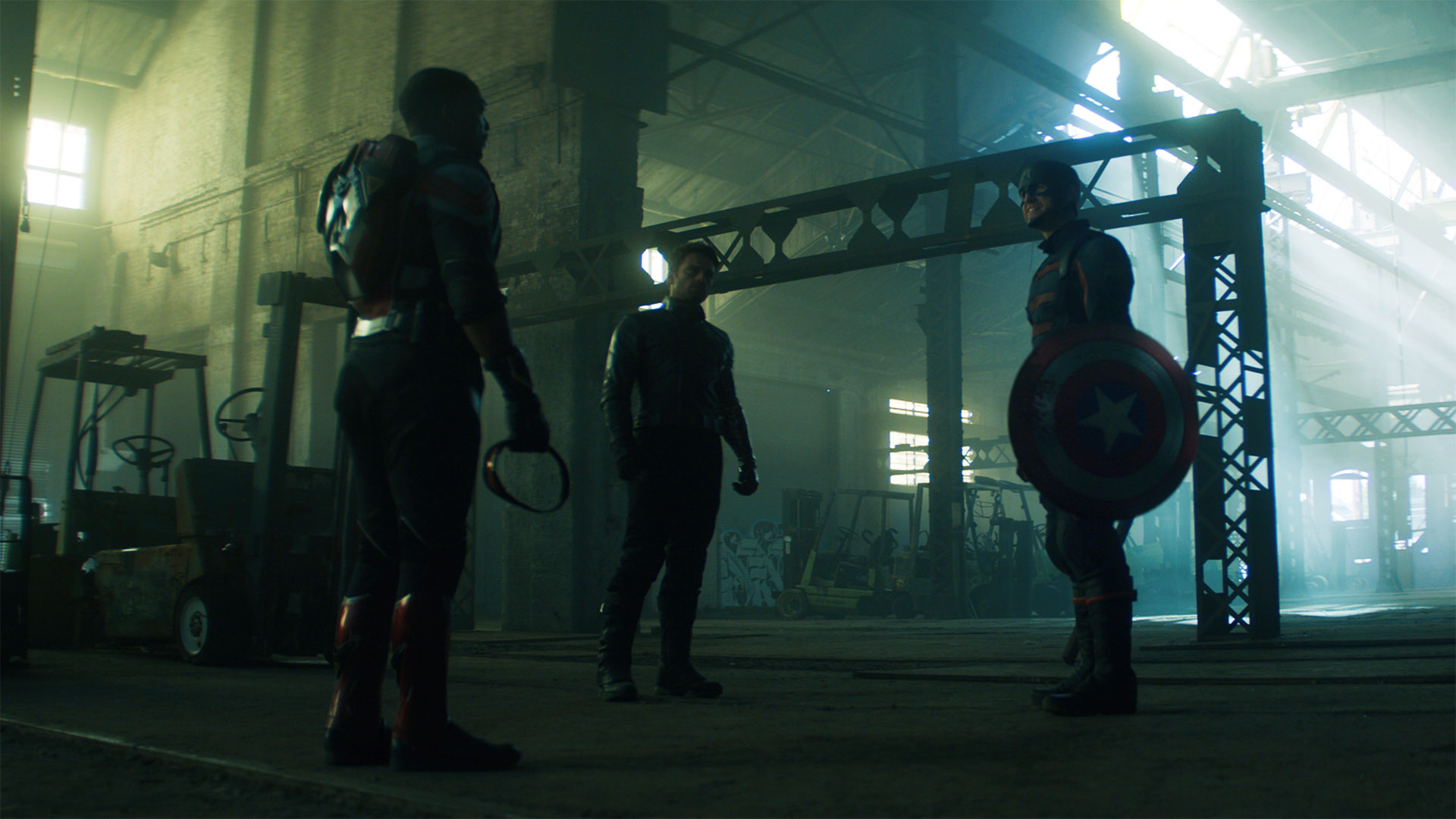
Inevitably, this means the book being thrown at Walker with all the intensity of a flying shield. It turns out that Captain America killing a foreign national in a public place is kind of a big deal – enough, in fact, to see Sam and Bucky removed from the investigation – and Walker finds himself given an “other than honorable discharge” from a US Army he’s served with distinction. In fact, it’s only his exemplary record that saves him from a court martial.
And yet, despite the many questionable decisions he’s made in The Falcon and the Winter Soldier – and his false claims that the man he murdered was Lemar Hoskins’ killer – you still sympathize with the way he’s been treated. As he tells the tribunal, he’s spent his entire life living by military mandates, only doing what they’ve asked of him – and doing it well. When the finely tuned human weapon malfunctions, is it the fault of the Super-Soldier himself, or the institution that created him?
Now disillusioned with the army, but still obsessed with fulfilling his calling as Captain America, Walker may be more dangerous than ever. Especially now that the incredibly charismatic Contessa Valentina Allegra de Fontaine has paid him a visit, seemingly looking for a way to exploit his unique set of skills.
Karli Morgenthau is also struggling to stay on the right side of the Serum’s corrupting influence. While The Falcon and the Winter Soldier has – up to now – made great efforts to emphasize the Flag Smashers’ humanitarian motives, here Karli starts morphing into a more two-dimensional villain – and she’s much less interesting as a result. Hurting the powers-that-be now seems more important to her than helping people in need – to the point she’s prepared to join forces with known criminals like the returning Georges Batroc. Helmut Zemo is clearly speaking sense when he says she’s been completely radicalized.
So it’s a big shame that he’s so marginalized in ‘Truth’. We have no doubt he has more of a role to play in the Marvel Cinematic Universe (whether it’s in The Falcon and the Winter Soldier or another movie/TV show), but to have his role reduced to being carted away by the Dora Milaje seems a waste of a character who tends to be the best thing about every scene he’s in.
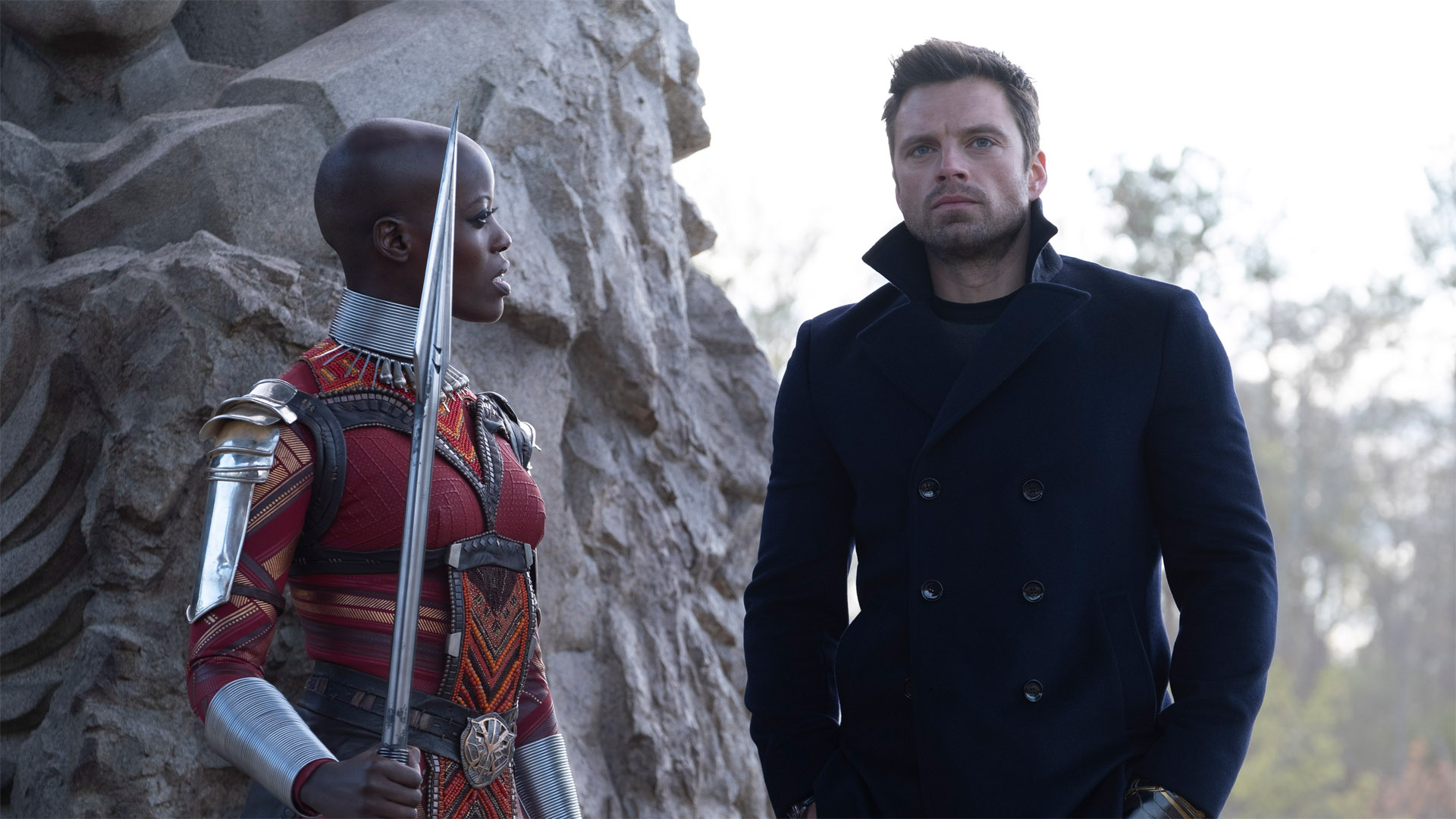
But make no mistake, this is Sam Wilson’s episode. From the moment he has his wings permanently clipped by Walker, he gives the story its narrative drive and heart. Most powerful are his scenes with Isaiah Bradley, as the forgotten Black Super-Soldier reveals the full tragedy of his life story. He and his fellow test subjects had no idea what drugs they were taking – he was arguably the lucky one, in the sense that his iteration of the Serum didn’t kill him – and was subsequently locked up to make sure nobody knew he existed. Even his letters to his late wife were prevented from reaching her.
Coming face-to-face with a man whose idealism has been brutally knocked out of him by the hand life has dealt him is a pivotal moment for Sam, a man who shares Steve Rogers’ belief in humanity’s potential for good. Does he believe Isaiah when he says that the US government will never let a Black man be Captain America – and that no self-respecting Black man would ever want the role anyway? Or does he set out to become the sort of positive symbol a broken world can get behind? It’s emotional, thought-provoking stuff, and once again, Marvel should be commended for engaging with essential, politically relevant topics – even when it means raising uncomfortable questions about difficult aspects of America’s history.
Unfortunately, the second half of the episode can’t live up to the promise of the first, as the longest instalment of the series so far somehow feels both flabby and rushed. Scenes where Sam ropes in the local community to help repair the family boat – with a bit of superpowered handyman assistance from Bucky – are genuinely uplifting, and reveal that the bond between the two title characters goes way deeper than sharing a mutual friend.
But the major character about-faces – Sam deciding to accept the Captain America mantle; Bucky agreeing to reassess his strategy on atoning for his crimes – seem to happen in an instant, based around the sort of trite, over-simplistic pep talks you’d expect to hear in a middle-of-the-road soap opera.
And even with an intriguing mid-credits sequence that shows Walker seemingly retooling himself as an off-the-books Captain America, it feels like the episode ends before the cliffhanger comes into play. After the haunting image of Captain America brandishing a blood-soaked shield, Flag Smashing security guards turning off the lights and Sam opening a mysterious box from Wakanda have a whiff of anti-climax. We’re not sure if we should be on the edge of our seats for next week’s season finale or not…
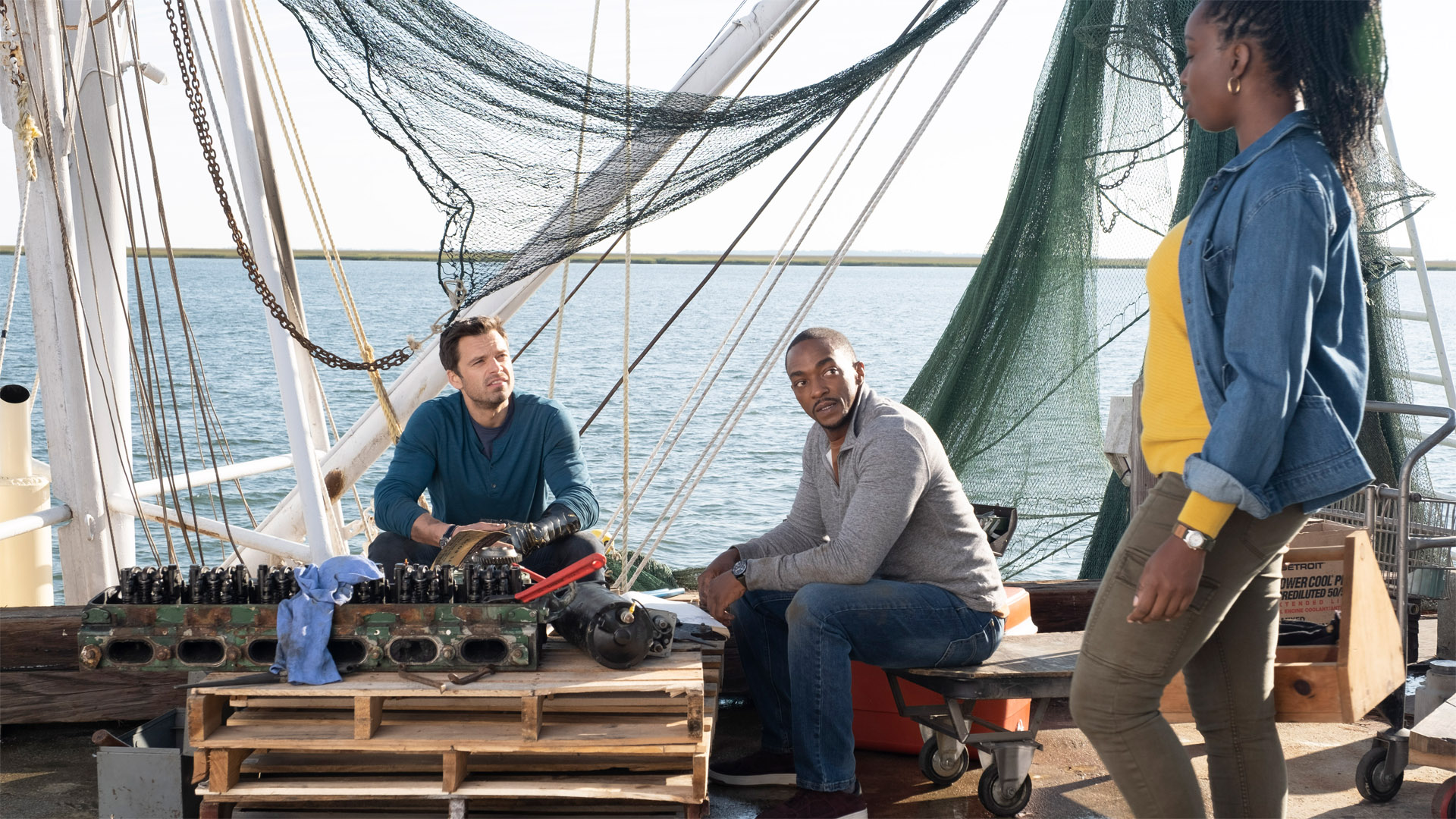
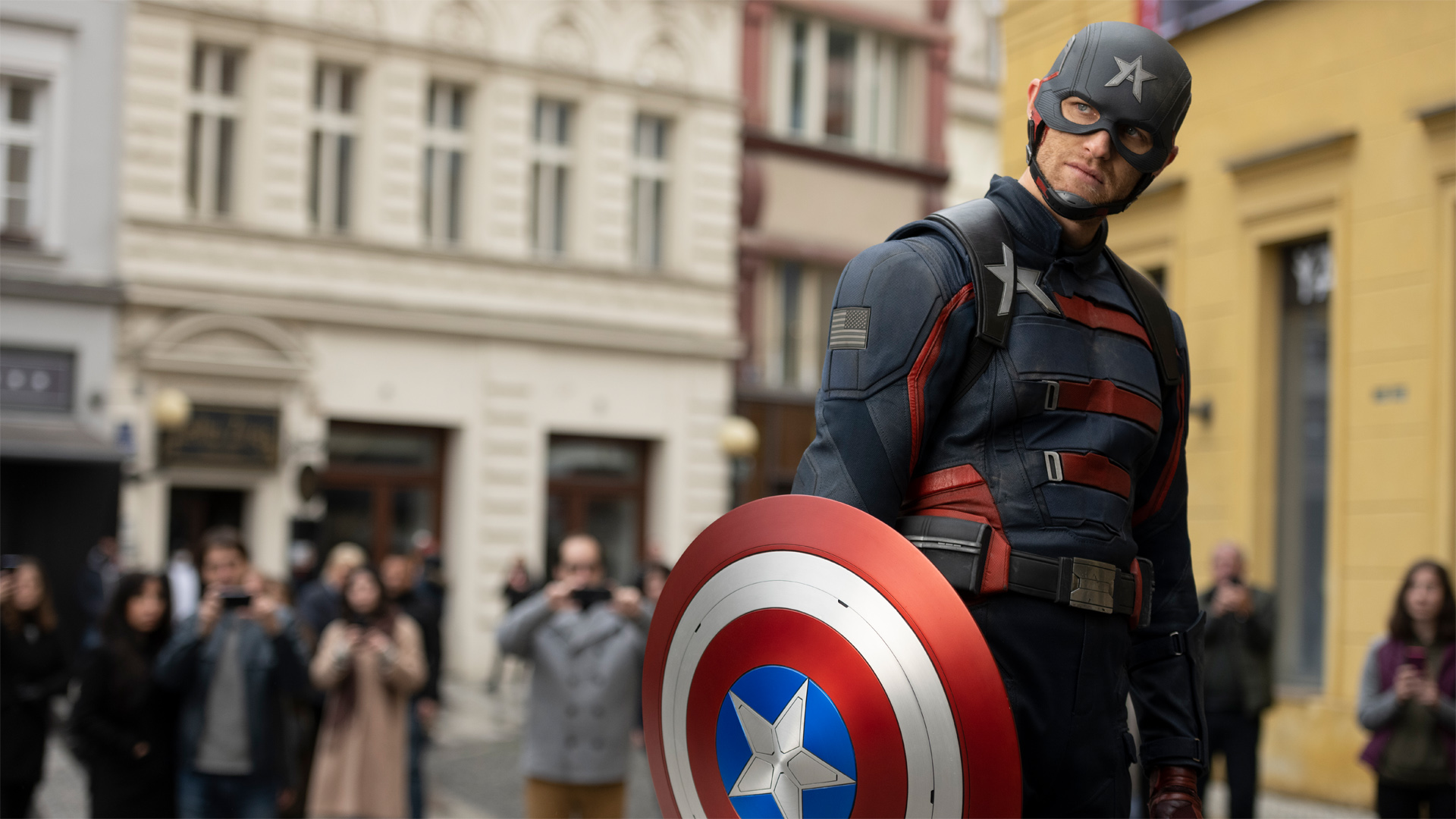
Get all the intel on what's happened to Sam and Bucky so far with our recaps on The Falcon and the Winter Soldier episode 1, The Falcon and the Winter Soldier episode 2, The Falcon and the Winter Soldier episode 3 and The Falcon and the Winter Soldier episode 4.
Verdict:
With a brutal opening fight scene, John Walker facing justice for murdering a Flag Smasher, and the full, tragic story of Isaiah Bradley coming to light, ‘Truth’ doesn’t pull any punches. In fact, the first half of the episode is as strong as anything we’ve seen in The Falcon and the Winter Soldier so far, a complex character study delving deep into the darker corners of the MCU.
But despite some lovely character beats shared between Sam and Bucky – maybe they can be friends after all… – the episode unravels in its closing act, as over-simplistic motivations and the lack of a proper conclusion leave you feeling the showrunners are saving too much for the last chapter. Or maybe we’re wrong and it’ll be a season finale for the ages…
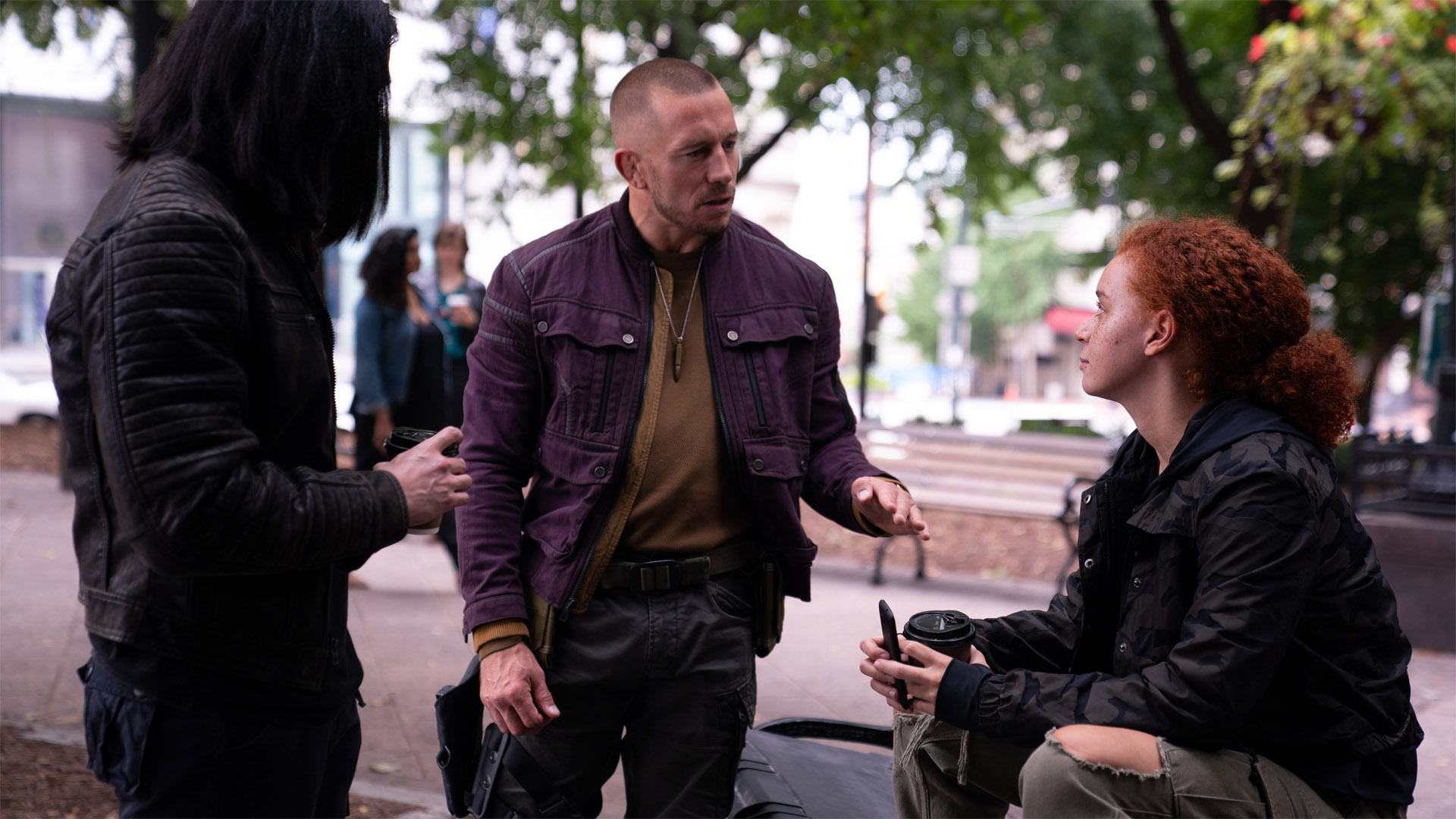
Marvel-ous facts
- The mysterious Contessa Valentina Allegra de Fontaine – “call me Val but don’t call me Val” – has a lengthy comic book history. Created by legendary Marvel writer/artist Jim Steranko, she made her debut in Strange Tales #159 in 1967. She was a high-ranking Agent of SHIELD – she even had a relationship with Nick Fury – but eventually shifted allegiances to become Madame Hydra.
- “Val” is played by Seinfeld and Veep star – and Emmy Award magnet – Julia Louis-Dreyfus. According to reports in Vanity Fair, the character was set to make her first appearance in Black Widow, though the movie being delayed from its original May 2020 release slot means she’s debuted here. As Black Widow is set several years before The Falcon and the Winter Soldier, this cameo seems unlikely to affect any subsequent appearance in the Scarlett Johansson movie.
- This isn’t Valentina Allegra de Fontaine’s first screen appearance. She had an important role in David Hasselhoff-starring TV movie Nick Fury: Agent of SHIELD in 1998, played by Lisa Rinna. She also made a non-speaking cameo in the Avengers: Earth’s Mightiest Heroes cartoon.
- When Val says she knows John Walker took the Super-Soldier Serum, it’s the first on-screen confirmation that he drank the contents of the vial – though those powered-up fight scenes meant it was essentially a dead cert.
- The identity of the Power Broker remains a mystery. While Zemo is seemingly out of the running now the Wakandans are taking him to prison, the Contessa is obviously a new candidate. Sharon Carter’s motives, meanwhile, remain intriguingly ambiguous. If she is the Power Broker, sending Georges Batroc to help Karli and the Flag Smashers seems a strange move – unless she’s looking to take them down from within…
- In fact, Sharon may be playing lots of angles to her own advantage. She clearly has a past with Batroc, having got him out of his Algerian prison cell, and knows all about Falcon foiling his scheme to capture Captain Vasant in episode 1. Indeed, it’s implied that Batroc was working for Sharon on that particular mission – he’s definitely angry that everything went wrong, and Batroc says (in French) that he’ll never work with her again. The fact that she’s prepared to pay him “double this time” – and that his priority is killing Sam – suggests that permanently grounding the Falcon fits with her agenda too. Whether she really is the Power Broker, the leader of terrorist organisation the LAF or something else entirely, she clearly has a big part to play in the season finale. It’s quite an evolution from the idealistic character seemingly set up as Steve Rogers’ love interest in Captain America: The Winter Soldier and Captain America: Civil War.
- In the previous episode Zemo asked Bucky and Sam if they’d visited the Sokovian monument, so it makes sense that Bucky would find him there. (Having been incarcerated since the events of Captain America: Civil War, this is possibly the first chance Sokovian citizen Zemo had to pay respects to the family he lost during Avengers: Age of Ultron.)
- The Raft referred to by the Dora Milaje’s Ayo is a high-security underwater used to incarcerate enhanced people. Sam, Scott ‘Ant-Man’ Lang, Clint ‘Hawkeye’ Barton and Wanda ‘Scarlet Witch’ Maximoff were all imprisoned there during Captain America: Civil War, until Steve Rogers broke them out.
- Isaiah Bradley refers to seeing “the men in the Red Tails, the famous 332, fight for this country, only to come home to find crosses burning on their lawn.” In real life, the 332nd Fighter Group (also known as the Tuskegee Airmen) were a group of predominantly African-American pilots who fought in World War 2. They were known as Red Tails because of the distinctive red insignia on the tails of their planes. 2012 movie Red Tails (directed by Anthony Hemingway and produced by George Lucas) told their story.
- On the Wilson family boat, the camera lingers on an ornament of a bird of prey. This is presumably a nod to the comic-book incarnation of Redwing, which is an actual hawk rather than an AI drone.
- If you’d ever wondered why Bucky doesn’t use his bionic left-arm for everything, this episode gives the answer – he’s right-handed, so instinctively uses his right hand first.
- The gold star John Walker affixes to his DIY shield in the mid-credits sting looks a lot like a US Medal of Honor, the US government’s highest military decoration. (We already know that Walker is the first person ever to receive three such awards.)
- Walker seems to be setting himself up as an unofficial Captain America, which – along with Sam’s decision to pick up the shield – suggests we’ll be seeing two Caps facing off in the season finale. It remains to be seen whether Walker will take on the US Agent moniker the character used in the comics.
- Like a Star Wars movie, this episode has little sense of distance or time. Bucky and Sam can seemingly teleport around the planet in an instant, while Sam's training montage suggests many weeks of improvement have taken place before he picks up the shield in earnest. Maybe a significant amount of time has passed before Karli moves on the Global Repatriation Council in New York, but it's not clear in the storytelling.
- Writer Dalan Musson’s credits include Iron Sky: The Coming Race – it's a sequel to a 2012 Finnish sci-fi movie about Nazis who fled to the Moon after the Second World War.
New episodes of The Falcon and the Winter Soldier are available on Disney Plus every Friday.
Richard is a freelance journalist specialising in movies and TV, primarily of the sci-fi and fantasy variety. An early encounter with a certain galaxy far, far away started a lifelong love affair with outer space, and these days Richard's happiest geeking out about Star Wars, Star Trek, Marvel and other long-running pop culture franchises. In a previous life he was editor of legendary sci-fi and fantasy magazine SFX, where he got to interview many of the biggest names in the business – though he'll always have a soft spot for Jeff Goldblum who (somewhat bizarrely) thought Richard's name was Winter.
